Capturing the energy of live music through sketching is a powerful way to blend visual art with sonic inspiration. Whether you’re drawing a solo violinist mid-performance or a full rock band in rehearsal, sketching musicians and bands creatively allows you to explore gesture, emotion, and rhythm in a way that static subjects simply can’t offer. This blog post dives deep into how to approach this dynamic subject matter, offering techniques, inspiration, and practical tips for artists of all levels.
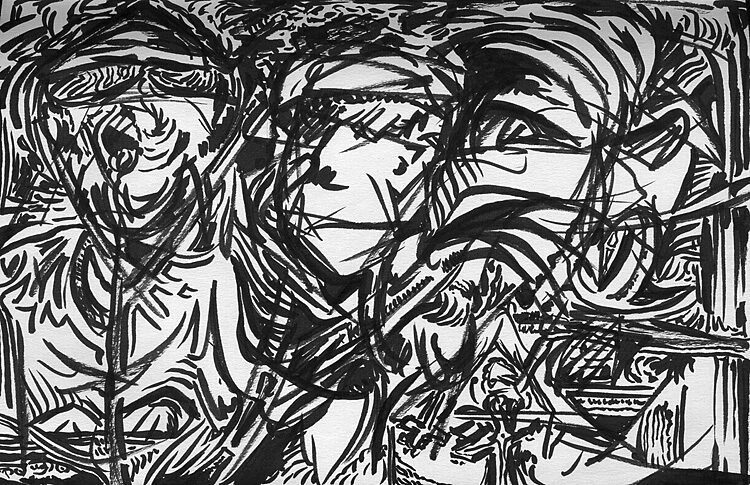
credit: JASONPOGO
Why Sketching Musicians Is So Visually Rewarding
Musicians are inherently expressive. Their body language, facial expressions, and interaction with instruments offer a rich tapestry of movement and emotion. Sketching them helps you:
- Improve gesture drawing and anatomy skills
- Capture fleeting moments and dynamic poses
- Explore storytelling through composition
- Build a portfolio with high-impact, emotionally resonant work
Whether you’re attending live performances or working from reference photos, musicians offer endless inspiration for creative sketching.
Sketchbooks.org | VISUAL RESEARCH HUB
Musician Sketch Examples
Visual research is critical for any creative endeavor. We have compiled specialized links to lead you directly to images, videos, and inspiration for "Musician Sketch Examples" across the web's best visual search platforms.
Choosing Your Medium and Tools
Before diving into sketching, consider your preferred medium. Each offers unique advantages when capturing musical energy:
Pencil and Charcoal
- Great for quick gesture studies and tonal depth
- Ideal for live sketching in dim venues
- Easy to layer and erase for adjustments
Ink and Brush Pens
- Perfect for bold, expressive lines
- Forces commitment and confidence in strokes
- Excellent for stylized or graphic interpretations
Digital Sketching
- Allows layering, undo, and color experimentation
- Useful for refining compositions post-performance
- Compatible with stylus-based tablets and sketch apps
Where to Find Inspiration for Musician Sketches
You don’t need backstage access to find compelling subjects. Here are some accessible sources:
- Live concerts and open mics: Bring a small sketchbook and capture quick poses.
- Rehearsal spaces: Ask local bands if you can observe and sketch.
- Music videos and documentaries: Pause and sketch key frames.
- Album covers and promo shots: Use these for stylized reference studies.
Always respect copyright and privacy when working from photos—use them as inspiration, not duplication.
Capturing Movement and Emotion
Musicians rarely sit still. To sketch them effectively, focus on gesture and rhythm over detail.
Gesture Drawing
- Start with 30-second to 2-minute sketches
- Emphasize posture, limb angles, and weight distribution
- Use flowing lines to suggest motion
Facial Expression and Focus
- Highlight intensity, joy, or concentration
- Use minimal lines to suggest emotion
- Avoid overworking—let the expression breathe
Interaction with Instruments
- Show how the body engages with the guitar, drumsticks, microphone, etc.
- Use overlapping shapes to suggest depth and connection
- Capture tension in hands and fingers
Composition Tips for Band Sketches
Sketching a full band requires thoughtful composition. Here’s how to make it work:
Layering and Depth
- Place the lead singer or focal point in the foreground
- Use overlapping figures to create spatial hierarchy
- Suggest background elements like amps or lighting with loose shapes
Balance and Flow
- Arrange figures to guide the viewer’s eye across the page
- Use diagonal lines and curves to suggest musical flow
- Avoid symmetry—embrace organic, dynamic layouts
Stylization and Abstraction
- Don’t be afraid to exaggerate proportions or simplify forms
- Use color or line weight to emphasize rhythm
- Let your personal style shine through
Sketching Famous Musicians vs. Local Talent
Drawing well-known artists can be exciting, but sketching local performers offers unique advantages:
- Easier access and more intimate settings
- Opportunities for collaboration or commissions
- Less pressure to match likeness—more room for interpretation
If you do sketch celebrities, focus on capturing their essence rather than photorealism. Think of how their posture, clothing, and energy define their persona.
Building a Sketch Series or Portfolio
A series of musician sketches can become a compelling body of work. Consider organizing by:
- Genre (jazz, punk, classical)
- Instrument (guitarists, drummers, vocalists)
- Venue type (street performers, concert halls, studios)
Add short captions or titles to each sketch to enhance storytelling. You can even turn your series into a zine, gallery show, or online collection.

Sketchbooks.org | SKETCHBOOK KINDS
Mathematicians and Theorists Use Sketchbooks
When you picture mathematicians and theorists at work, what comes to mind? Maybe it's a chalkboard covered in equations or a computer screen with lines of code. But what might surprise you is that many...
Frequently Asked Questions
How do I sketch musicians during a live performance?
Use quick gesture drawing techniques and focus on capturing movement rather than detail.
What’s the best medium for sketching bands?
Pencil and ink are great for live settings; digital tools work well for refining sketches later.
Can I sketch from music videos or photos?
Yes, but use them as reference and inspiration—avoid copying copyrighted material directly.
How do I show emotion in my sketches?
Focus on facial expressions, posture, and interaction with instruments to convey feeling.
What if the musicians move too fast?
Practice timed gesture drawing and accept that some sketches will be loose or incomplete.
Should I ask permission before sketching?
If you’re in a private or intimate setting, yes. In public performances, it’s generally acceptable.
How do I sketch a full band without clutter?
Use composition techniques like layering, focal points, and stylized simplification.
Can I sell my musician sketches?
Yes, especially if they’re original interpretations. For likenesses of celebrities, check usage rights.
What makes a musician sketch stand out?
Expressive line work, dynamic poses, and emotional storytelling elevate your sketches.
How can I improve my musician sketching skills?
Practice regularly, attend live events, and study anatomy and gesture drawing fundamentals.
Final Thoughts
Sketching musicians and bands creatively is more than an artistic exercise—it’s a celebration of sound, movement, and human connection. Whether you’re capturing the raw energy of a punk show or the quiet intensity of a solo cellist, your sketches can become visual echoes of the music itself. Embrace imperfection, chase emotion, and let your lines dance to the rhythm of the performance.
If you’re building a sketching habit or curating a community around creative routines, this subject matter offers endless inspiration. Keep your sketchbook close, your ears open, and your pencil ready—because every performance is a new story waiting to be drawn.
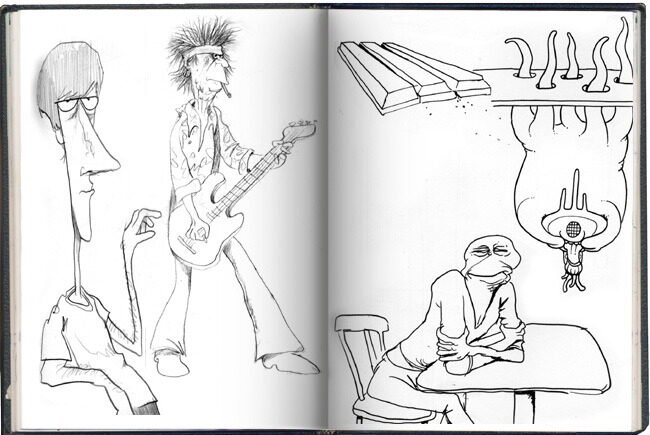
credit: DANMETH
Ready to Share Your Work?
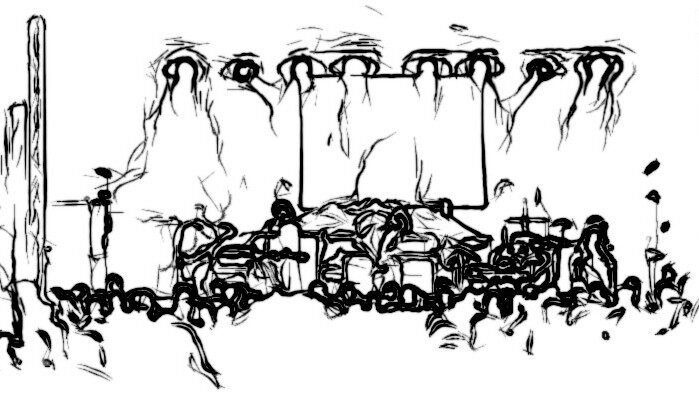

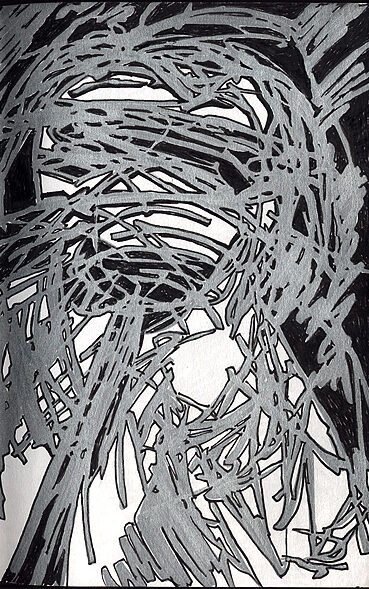
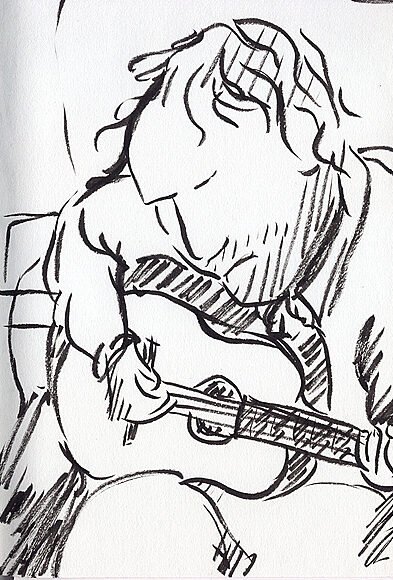
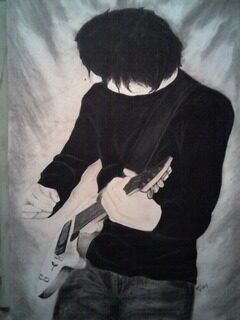
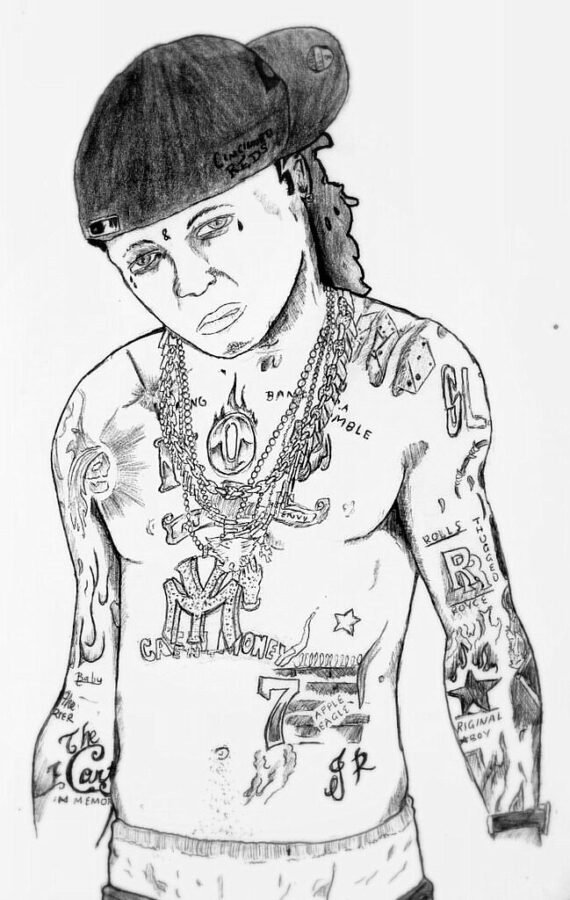
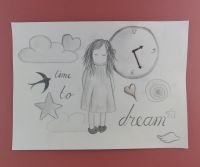
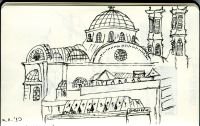
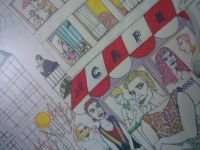
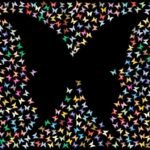

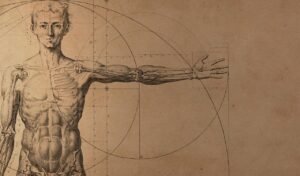
Sketching to live music is like being part of the whole vibe and energy that is going on.
I started drawing my favorite albums on class folders in school.